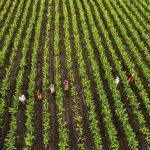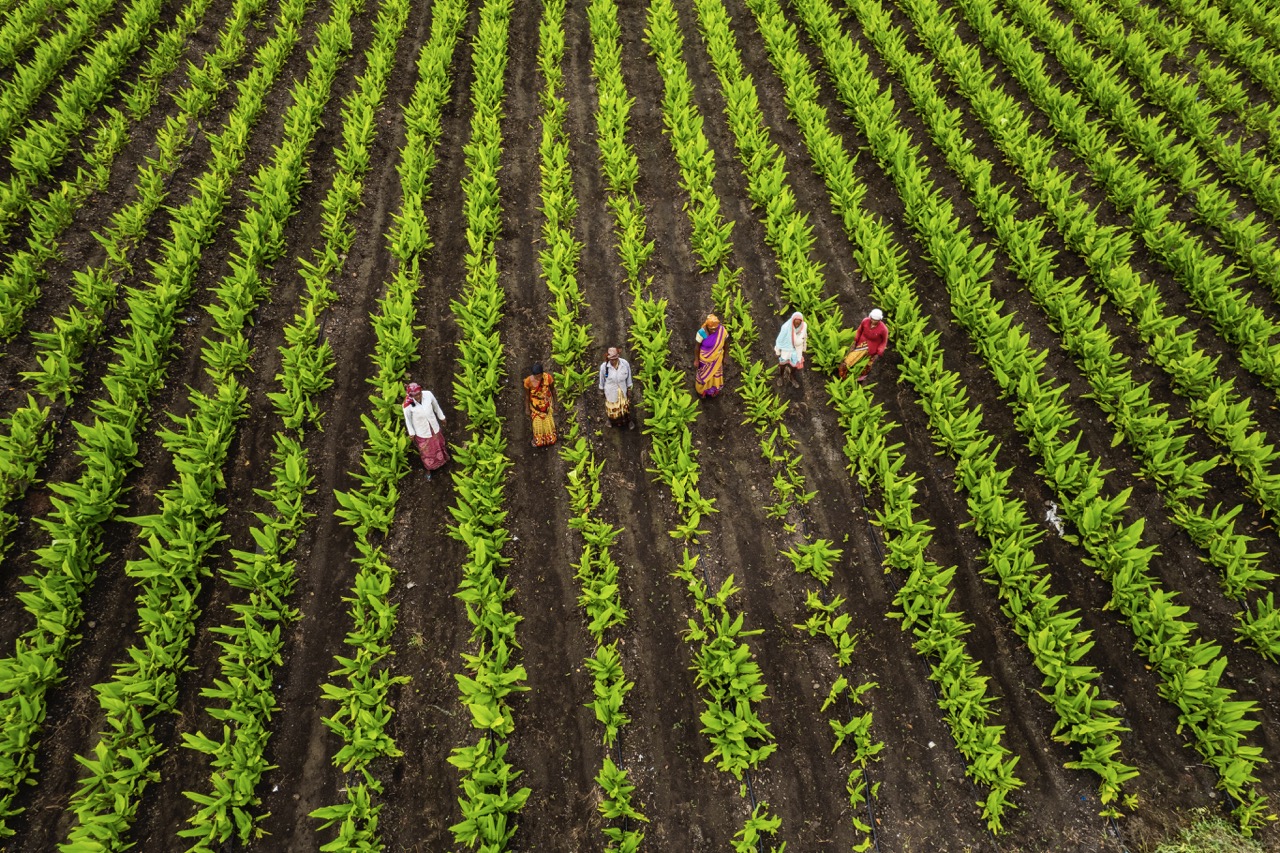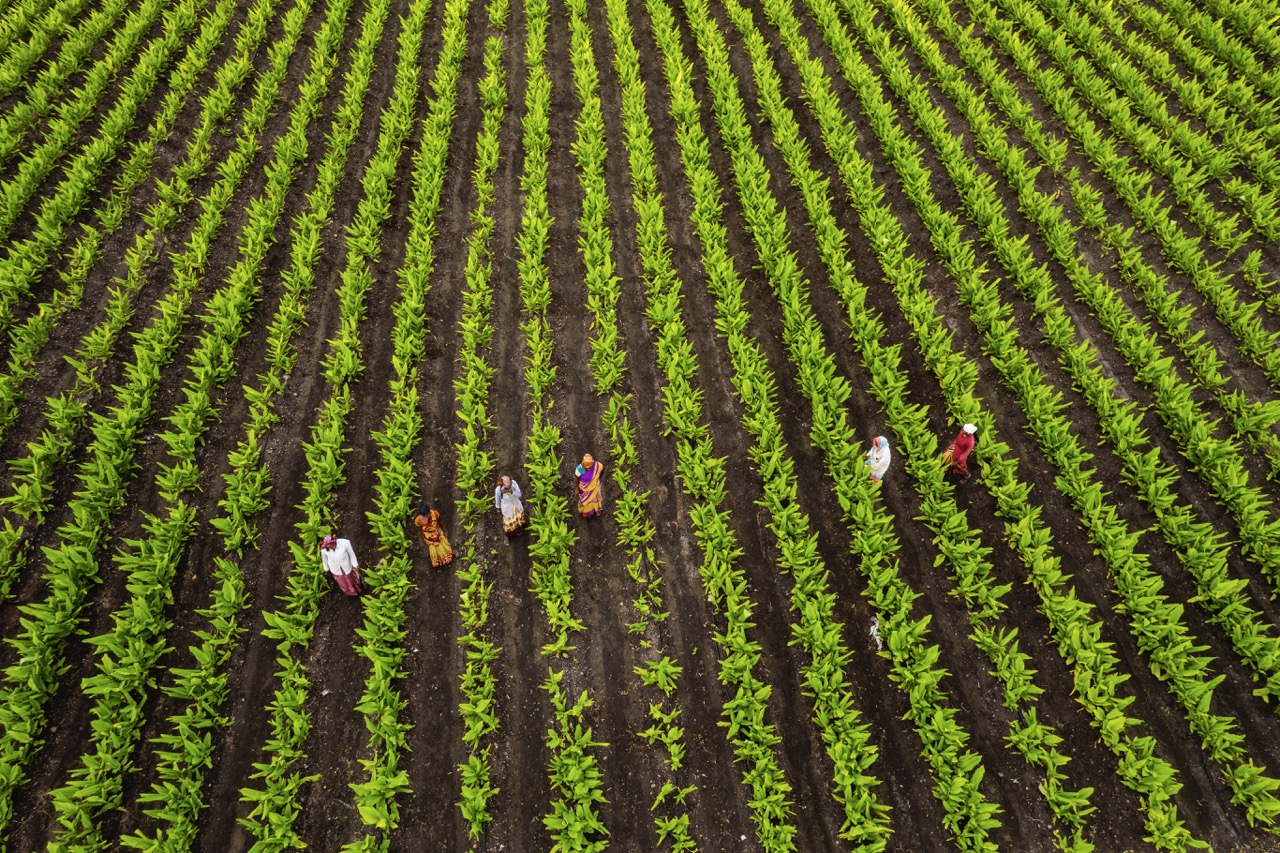As the global population continues to rise, the need for sustainable agricultural practices becomes increasingly pressing. Conventional farming methods, while effective in the short term, often lead to soil degradation, biodiversity loss, and increased greenhouse gas emissions. To address these challenges, innovative farming techniques have emerged that focus on high-yield production while minimizing environmental impact. This article explores several of these techniques, highlighting their benefits and practicality for farmers worldwide.
Innovative Farming Practices for Sustainable Agriculture
Innovative farming practices encompass a range of techniques that prioritize sustainability without sacrificing productivity. These methods often leverage advanced technologies, traditional knowledge, and ecological principles to create systems that are both productive and resilient. Examples include agroforestry, which integrates trees into crop and livestock systems, and permaculture, which designs agricultural ecosystems that mimic natural processes. These practices not only yield food but also enhance ecosystem services such as nutrient cycling and water filtration.
Another innovative approach is the use of cover crops, which are planted between main crop cycles to improve soil health and prevent erosion. These crops contribute organic matter to the soil, suppress weeds, and enhance biodiversity. Technologies like vertical farming and hydroponics also fall under this category, allowing for increased production in urban areas with limited arable land. These systems utilize space efficiently and often require less water and land than traditional farming, showcasing the potential for sustainable innovation.
Finally, integrating livestock with crop production—known as mixed farming—offers another innovative solution. This practice enables farmers to utilize animal waste as fertilizer, reducing the need for chemical inputs while creating a synergistic ecosystem. By combining various methods, farmers can tailor their approaches to their specific environments, ensuring that high yields are achieved with minimal ecological disruption.
Crop Rotation: Enhancing Soil Health and Biodiversity
Crop rotation is a time-honored practice that involves alternating the types of crops planted in a particular area across seasons or years. This technique plays a crucial role in enhancing soil health, as different crops have varying nutrient requirements. By rotating crops, farmers can prevent nutrient depletion and improve soil fertility over time. For example, legumes can fix nitrogen in the soil, making it available for subsequent crops, which reduces reliance on synthetic fertilizers.
In addition to improving soil health, crop rotation also enhances biodiversity. By alternating crops, farmers can disrupt the life cycles of pests and diseases that thrive on continuous cropping systems. This natural pest control can lead to healthier crops and reduced reliance on chemical pesticides, which often have negative environmental impacts. Moreover, diversified cropping systems can provide habitat for beneficial insects and other organisms, further promoting ecological balance.
The practice of crop rotation can also yield economic benefits for farmers. By growing a variety of crops, farmers can spread their risk and adapt to market demands more effectively. For instance, if one crop fails due to disease or adverse weather, another may thrive. This resilience can lead to more stable income and food security, making crop rotation a vital strategy in sustainable agriculture.
Precision Agriculture: Maximizing Output with Minimal Waste
Precision agriculture represents a cutting-edge approach that employs technology to optimize farming practices. By utilizing GPS, sensors, and data analytics, farmers can make informed decisions about planting, watering, and fertilization. This targeted application reduces waste and minimizes the environmental impact of farming activities. For instance, variable rate technology allows farmers to apply fertilizers and pesticides only where needed, significantly reducing chemical runoff and enhancing efficiency.
Further, precision agriculture enables farmers to monitor crop health in real-time, allowing for timely interventions. Drones and satellite imagery can provide critical insights into field conditions, such as moisture levels and pest infestations. By identifying issues early, farmers can address problems effectively, ensuring higher yields while using fewer resources. This proactive approach not only boosts productivity but also helps conserve water and soil health.
Lastly, the economic implications of precision agriculture are profound. By reducing input costs and increasing yield efficiencies, farmers can achieve better profit margins. This data-driven approach fosters a deeper understanding of farm operations, allowing for smarter investments and sustainable growth. As technology continues to evolve, precision agriculture holds the promise of reshaping the future of farming, making it more efficient and sustainable.
Organic Methods: Achieving High Yields with Low Impact
Organic farming is often viewed as synonymous with sustainable agriculture, focusing on practices that nurture ecological balance and biodiversity. By avoiding synthetic fertilizers and pesticides, organic methods aim to maintain soil health and promote a diverse ecosystem. Techniques such as composting, cover cropping, and the use of organic fertilizers enhance soil fertility naturally, leading to productive farming without the negative impacts associated with chemical inputs.
Moreover, organic farming encourages the use of biodiversity not just in crops but also in pest management. Integrated pest management (IPM) techniques, which are a hallmark of organic agriculture, utilize beneficial insects, crop rotations, and natural repellents to manage pests. This holistic approach not only reduces the need for harmful pesticides but also fosters a resilient agricultural ecosystem capable of withstanding pest pressures and climate variations.
Financially, organic farming can be lucrative, as consumers increasingly seek out organic products. Though the initial investment may be higher, the growing demand often leads to higher market prices for organic produce. By adopting organic methods, farmers can tap into this market while contributing to a healthier environment. Organic farming, therefore, proves that it is possible to achieve high yields while maintaining a low impact on the planet.
In conclusion, the pursuit of high-yield, low-impact agriculture is not only necessary but also attainable through innovative farming practices. Techniques such as crop rotation, precision agriculture, and organic methods offer diverse solutions that enhance productivity and promote sustainability. By embracing these practices, farmers can secure their livelihoods while simultaneously safeguarding the environment for future generations. As the agricultural landscape continues to evolve, the integration of these sustainable techniques will be vital in meeting global food needs without compromising the health of our planet.










